Water purification filter for a summer residence: tips for choosing + review of the best brands
Both spacious country cottages and small country houses have their own local water supply systems, the sources of which are wells, wells or village water pumps. Agree, you can use extracted water for watering plants and household needs without any particular concerns, but its use requires additional preparation.
We are talking about using different filters. The variety of water treatment elements can be confusing and complicate the choice.
We will tell you which water filters are best to use for your dacha, outline the pros and cons of different models, and also describe what criteria and characteristics should be used to select a water treatment device. To make choosing easier, we have prepared a review of the best water filter manufacturers.
The content of the article:
Water filter for a summer house - luxury or necessity
Let's consider what parameters you should focus on when choosing a water filter for your country house.
Even the most well-maintained well is not a guarantee that the water in it is suitable for consumption.After all, a crystal clear liquid may contain toxic substances invisible to the eye, for example, nitrogen, ammonia or hydrogen sulfide, which enter it during the decomposition of plant and animal waste.
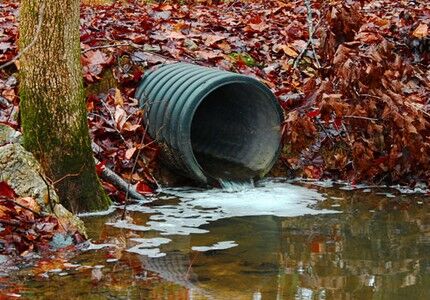
Summer residents whose plots are located next to industrial facilities and agricultural complexes are also at risk. And it is not worth consuming life-giving moisture that has not been purified with a water filter for your dacha, risking your health.
It is also better for the lucky owners of drilled wells to take insurance. After all, water suitable for drinking purposes, which received this status based on the results of an inspection at the SES, will not become worse after filtration. And the one that does not inspire much trust will become safer after passing through filtration.
And before purchasing a water purification filter for your dacha, you need to decide what needs to be removed from the drinking water supplied by the source, and what is better to leave.
After all, it is not necessary to filter all the components of the water transported through the pipeline into the house, because... it simply may not contain the components that the cleaning device is designed to eliminate.
To determine the presence of impurities, it is necessary conduct a water analysis. If we are talking about surface sources, then in addition to chemical analysis, the microbiological composition and the presence of organic inclusions are checked.
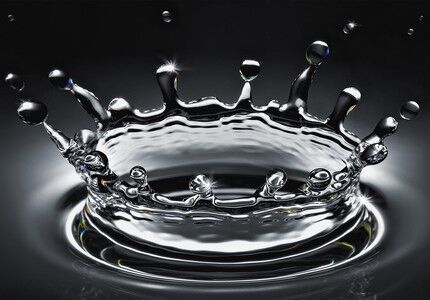
Based on the results of the tests, the optimal version of the mini-treatment plant is selected.
They are produced in a wide variety of modifications, which, depending on their purpose:
- carry out mechanical cleaning;
- adsorb and eliminate odors and dissolved substances;
- provide antibacterial cleaning;
- soften the water entering the pipeline due to an ion exchange reaction;
- comprehensively rid water of the above.
Almost all filters for water purification in the country are classified according to two criteria: by the method of purification and by the composition of impurities that they can cope with.
Classification of filters by installation method
There are a huge number of different filters on the market. And many of them are marked “suitable for a summer residence.”
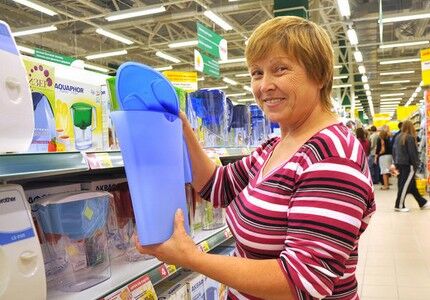
After all, in all wells and wells the water may differ in composition and have its own “problems”. In addition, the selected filter may perfectly cope with the function assigned to it, but is completely unsuitable for its placement.
Characteristics of the device in the form of a jug
The most accessible and low-cost way to purify water is to purchase a modular jug. The mobile container does not require preliminary installation. It is easy to assemble/disassemble. It purifies the water in full: what was poured into the tank is what is received at the exit.
The device works on this principle: water is poured into the upper part of the container.It gradually flows through the module with the cleaning sorbent into the receiving funnel. The tank volume, depending on the model, can reach 4.2 liters.
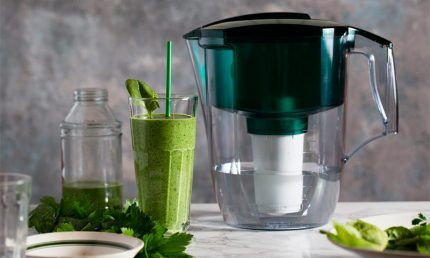
Granular activated carbon is most often used as a cleaning adsorbent in such jugs. In some models, the filling of the cassettes also includes components such as silver, aragon, and ion exchange resin.
Cassettes provide an average level of cleaning, since they are able to remove only visible suspensions: rust, chlorine, and some impurities.
Devices of this type are great for:
- for summer cottages where it is not possible to install more powerful equipment;
- for small volumes of drinking water consumption, since the filter can purify from one and a half to three liters of water at a time.
A replacement cartridge is selected based on the composition of the water. They are of a universal type and have a targeted effect, for example: to filter heavy metals or soften very hard water. Information about the properties of the filler with a detailed description of what the filter protects against can always be found on the pack.
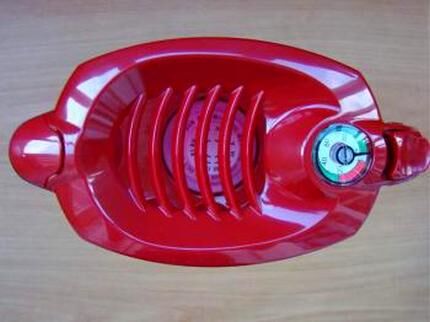
The cost of such devices ranges from 700-1500 rubles. Replacement cartridges for them, depending on the content, will cost about 150-300 rubles.
The frequency of need for replacement depends on the frequency of use of the jug. Traditionally, one cartridge is enough for 300 liters of water.But when working with too contaminated water, the filter may exhaust its resources earlier.
Device in the form of a faucet attachment
If your dacha has running water, an excellent solution would be to purchase a compact device in the form of a faucet attachment.

If we compare the quality of filtration of water passed through the nozzle, it is higher than that which was purified through a jug. This is explained by two-stage purification, including mechanical retention of large fractions and finer chemical filtration with activated carbon.
There are two types of nozzles on sale:
- Removable – put on the tap only for the time when you need to get filtered water (when filling a pan or kettle).
- Permanent – mounted permanently, the service life of such non-removable devices is designed for a certain portion of the supply of untreated water.
The price of a nozzle consists of three factors: cartridge service life, filtration speed and cleaning fineness parameters. The volume of filtered liquid varies between 0.2-6 l/min. The capacity of one cartridge on average ranges from 500 to 2000 liters.
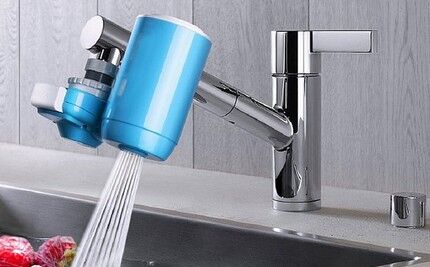
The only drawback of such nozzles is poor compatibility with pumps used in the construction of autonomous water supply systems. The presence of a nozzle on the tap significantly slows down the passage of water. And this provokes an overload of the pump. He begins to work in jerks, which has a detrimental effect on his condition.
Built-in “under the sink” option
This device is rightfully considered the best among those listed. Filters under the sink are good at capturing and retaining harmful impurities and bacteria. Their installation does not threaten the operation of the pump.
But systems of this type are suitable only for summer cottages equipped with a water supply circuit.
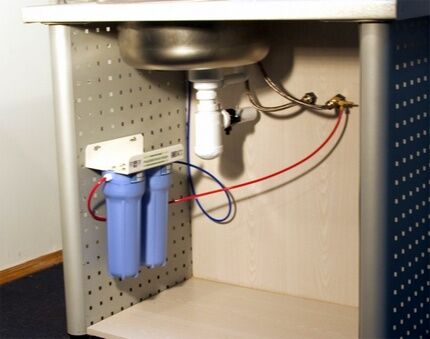
Depending on the degree of contamination, water may undergo the following stages of purification:
- Mechanical coarse filtration by passing through a mesh “barrier”, as a result of which the liquid is freed from solid particles and suspensions.
- Fine mechanical cleaning, thanks to which the smallest impurities invisible to the eye are captured.
- Adsorption, which consists of physical and chemical processing, in which microelements harmful to health are retained through the formation of new bonds.
- Aeration, as a result of which the content of dissolved lime and iron decreases.
Built-in models are vulnerable to heavily contaminated water. Mesh barriers instantly become clogged and become breeding grounds for germs. And replacing a cartridge in a rather complex design is not so easy.
Some owners solve this issue by installing a separate small tap through which purified water flows “under the sink.”
Many owners are stopped from purchasing such a device by the relatively high price, which ranges from 3-15 thousand rubles. But this cost is completely justified, since water that has undergone four-stage purification acquires the qualities of bottled water.
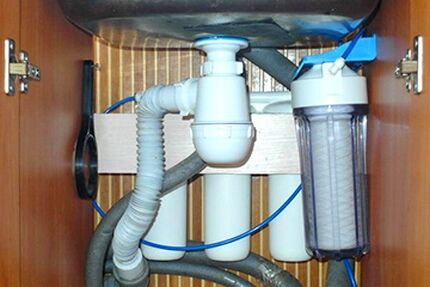
Models in the form of a faucet attachment and built-in filters for washing belong to the category of flow-through systems, the functioning of which requires water supply.
Membrane filters
In order to be able to clean large volumes at once, it is better to choose reverse osmosis filters. They are also called universal. The basis of such filters is a membrane made of synthetic material, which includes many microscopic cells.
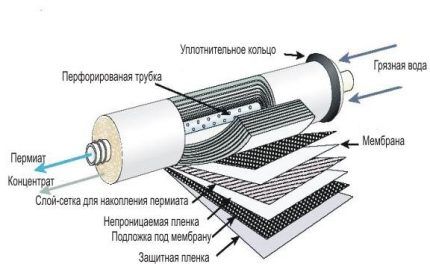
After such purification, the water acquires sterile properties, in which mineral salts beneficial to the body are washed out along with harmful substances. When consuming such “dead” water, a person has to take care of replenishing the missing salts and microelements.
Due to the high price and large water intake, such new products are not particularly in demand among summer residents. To obtain five liters of clean liquid, 3-4 times more water must pass through the filter.
The waste liquid has to be drained into a cesspool, which is also not bottomless. And this is an extra cost not only for water supply, but also for emptying the cesspool.
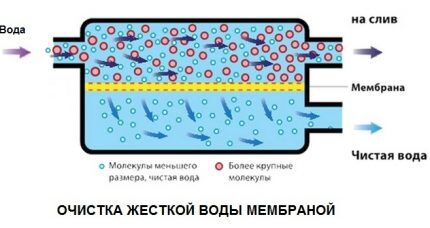
In addition, one of the prerequisites for membrane-type filtration equipment is the presence of pressure in the system, which is at least 4 Atm. The creation of such conditions entails additional costs for the purchase of a powerful pump that increases pressure.
Additional information on the selection and features of using reverse osmosis filters is presented in the articles:
- Reverse osmosis: harm and benefits of membrane purification of tap water
- How to choose a reverse osmosis filter: rating of the best manufacturers and their products
- DIY reverse osmosis: step-by-step assembly and installation instructions
Main types of devices according to operating principle
If we take as a basis the composition of impurities that filters are capable of retaining, then there are these types of mini-purification stations.
Mechanical coarse and fine cleaning
Any borehole or well contains sand, rust flakes and clay particles. To rid the liquid of insoluble particles and install mechanical cleaning filters. The need to install them should not be neglected, especially when it comes to heavily contaminated liquid.
Coarse filters take the brunt of the blow. It traps insoluble particles. The water passing through them enters the water supply system.
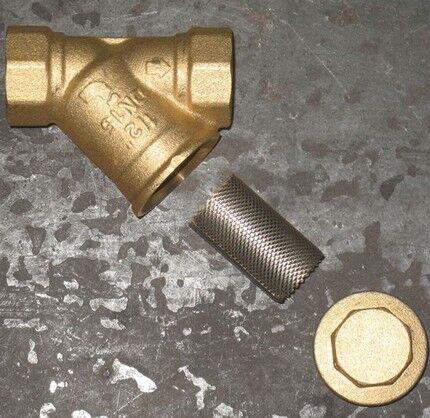
Mechanical cleaning filters, designed to free water from particles of rust, sand and other solid inclusions, come in three types:
- Mesh – in the form of cellular meshes ranging in size from 50 to 500 microns.On sale there are disposable devices, which have to be replaced as they are filled, and self-washing ones, equipped with an automatic cleaning system.
- Cartridge – are replaceable cartridges placed in plastic or steel cases that are capable of holding particles as small as 0.5 microns.
- Pressure – structures in the form of anti-corrosion containers, inside of which a filter material is placed, equipped with a drainage pipe and a control unit.
Self-cleaning strainers are often equipped with pressure control valves, which protect equipment from sudden surges, and pressure gauges for measuring pressure.
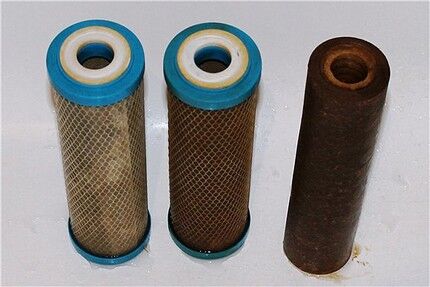
In water that has passed through a mechanical coarse filter, chemical compounds and heavy metals remain in any case. Fine filters cope with them. They are capable of holding particles whose size does not exceed 5 microns.
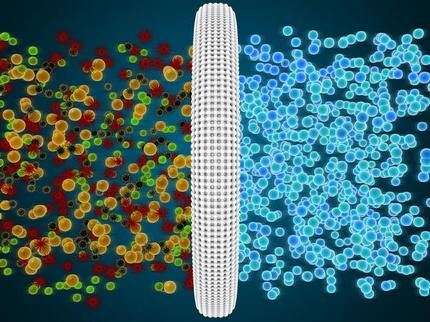
Fine filters include the membrane devices described above.
Adsorption purification device
The main purpose of adsorbent filters is to combat unpleasant tastes and odors resulting from contaminants of organic origin. They protect the body from heavy metals, chloride compounds and pathogens. The circuit of such devices can include from two to four modules.
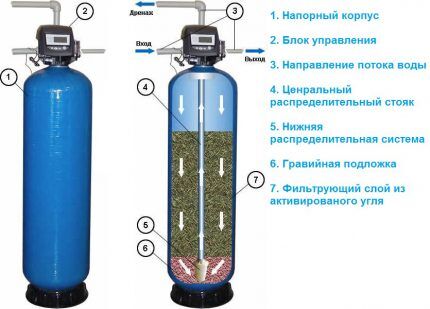
The efficiency and speed of adsorption depends on three parameters:
- concentrations of pollutants;
- sorbent structures;
- active reaction of the environment.
The key to the effectiveness of the sorption process is to prevent water from entering the pores of activated carbon, the suspended substances of which can screen them. Coal that has lost its ability to sorption is regenerated or replaced.
Ion exchange water filter
The main purpose of this type of device is to capture heavy metals and radioactive elements from water. By removing excess calcium and magnesium ions from the aquatic environment, the device perfectly softens water.

Hydrogen and ion exchange resins are capable of absorbing ions of some metals from a saline solution, replacing them with hydrogen or ions of other metals. The resulting composition has a slightly acidic environment, which is most favorable for the human body.
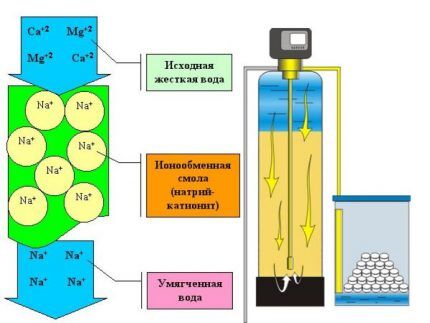
The only drawback of the devices is the need to install regenerating tanks, as well as the disposal of used components.
Criteria for choosing wisely
There is no point in saving money on a country water filter. Cheap equipment, at best, will not provide the desired degree of purification, and at worst, it will add foreign impurities.
When choosing a device, pay attention to the following parameters:
- Number of cleaning stages – the more modules, the better the output result.
- Performance – jug-type models can satisfy the needs of one or two households. For a large family, it is better to purchase stationary models.
- Filtration Features – the device should be selected individually, focusing on the composition of the water.
Since the filter is constantly in contact with the aquatic environment, all its elements must be made of materials that are resistant to its negative effects.
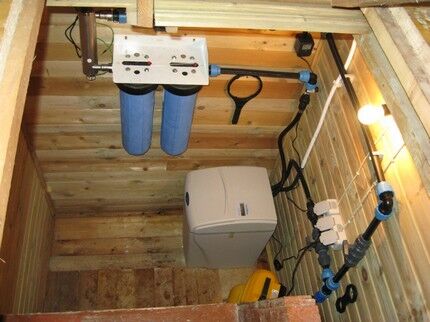
Some models may be equipped with mineralizers. The usefulness of these modules has not been proven by scientific research. Therefore, use them or not - decide for yourself.
Leading manufacturers of cleaning systems
Key value when choosing a water filter It is worth paying attention to the manufacturer. You should be guided by the length of time the company has been in the market and the range of services offered to clients.
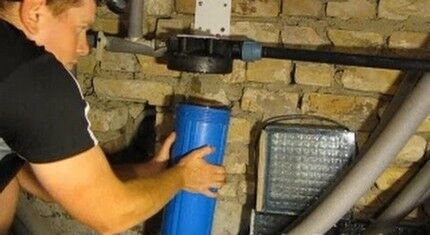
Among domestic manufacturers who have earned considerable authority in the field of water treatment, the following brands have proven themselves to be the most effective:
- "Aquaphor" — the largest Russian developer of sorbents offers a wide range of products, starting with simple jug models and ending with the most complex multi-stage complexes.
- "Geyser" — a domestic company produces products using the most modern technologies, which not only purify water with high quality, but also saturate it with healthy minerals.
- "Barrier" — a manufacturer of high-quality filters uses its own research laboratory and automated German lines when creating new developments in the field of water treatment.
The devices of the listed brands do an excellent job of purifying water and are attractive at an affordable price.
If we consider the products of foreign manufacturers, then the most popular are filters made in Germany, the USA, Poland and Belgium:
- Brita is one of the most technologically advanced leaders in the field of improving water quality. The German manufacturer produces household and industrial models that meet the highest quality standards.
- Bluefilterst — the German brand has set a new bar in the field of filtration by patenting the New Line technology. One of the features of the product is the presence of a “living water” cartridge filled with a highly structured liquid that charges purified water with positive energy.
- Zepter — a Swiss company produces multi-stage cleaning systems aimed at different consumer groups.
If we talk specifically about filters in the form of faucet attachments, then some manufacturers offer devices only for taps with threads on the spout. These include brand models "Aquaphor Topaz», «Geyser Euro».
Models "Instapur F" And "Barrier Selecta» can be used for all types of taps, including domestic products without threads.But, in principle, the issue of incompatibility of a removable nozzle with a faucet can be resolved by additionally purchasing and installing an adapter.
If you want to save money on your purchase, you can make a water filter yourself. Several practical and affordable options are offered in this article.
Conclusions and useful video on the topic
Why do you need a filter in your dacha?
What to consider when choosing a device:
The choice of filter should be based on common sense principles. It is naive to think that a “nozzle” or “jug” will last for ten years with regular use.
For regular use, it is better to choose stationary units. But if you are looking for a mobile, portable device that can improve water quality, this is the best option.
Looking for an effective water filter? Or do you have experience using such installations? Please leave comments on the article and share your impressions of using water filters.




Previously, we had a well nearby at our dacha and it was possible to draw water from it, but one day they discovered something there and had to drink the water that flowed from the tap. The first thing we tried were small pitcher-shaped filters. The quality of cleaning is poor, and the cartridge needs to be changed frequently. We have now installed a cleaning system under the sink and are happy with it. It turns out a little expensive, but the water is much cleaner. And if possible, it is better to order a bottle of water. It's inexpensive, but it runs out quickly.
We were forced to install a water filter at the dacha due to the high iron content in it. The water from the well had a distinct brown tint, which was especially noticeable if you let it sit for a while.As a result, the situation was corrected by installing an Aquaphor reverse osmosis filter. We bought it specifically with a mineralization module, because such filters usually remove not only iron, but also useful minerals from water.
As for me, all these jugs and attachments are not suitable for normal filtration. Just an appearance. The most they filter is large particles. If you install a filter, then use reverse osmosis, always with a mineralizer. Then there will be a result.
And it’s even better to stop shitting in your own reservoirs, so that you don’t have to filter the same water ten times. But how to convey this to people is, of course, a good question.
And what does pollution of water bodies have to do with it? Do you have any idea what filters in the country are mainly used to filter? These are iron, hydrogen sulfide, ammonia, etc. - this is what appears in water from layers of soil and is a product of the decomposition of waste from animals and plants. Of course, people can “mess up,” as you put it, but wastewater is not as common a problem as, for example, an excess of iron in well water.
But I agree that a filter jug is not suitable for a summer house. This is a thing purely for the city, if you want to additionally filter your tap water. Depending on the water analysis, it is best to install membrane filters and an iron removal flask with aeration at the well.